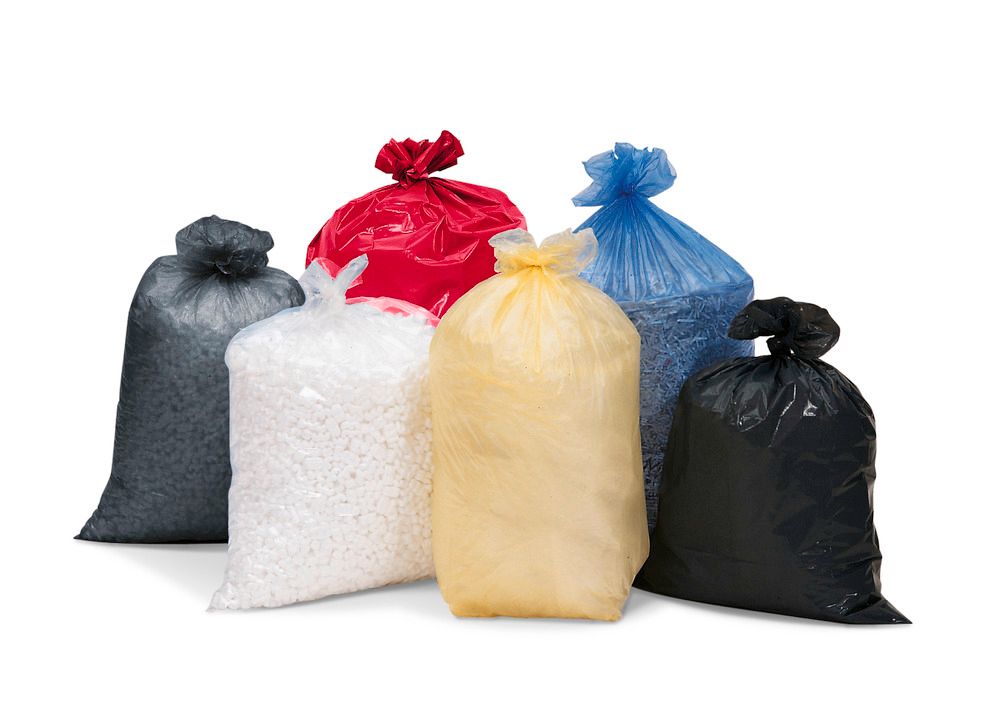
History and Evolution of Plastic Bags
Plastic bags have come a long way since they were first introduced in the late 1950s. Made from polyethylene, the earliest plastic bags were much thicker and heavier than what we see today. Over the decades, manufacturers found ways to make plastic bags thinner yet still durable enough for daily use by consumers. In the 1970s, many grocery stores started exclusively using plastic bags over paper bags due to their lower cost and ability to hold more items without tearing. This shift accelerated the adoption of plastic across many retail industries in subsequent decades.
Raw Material Trends
While polyethylene remains the primary raw material in plastic bag production globally, alternative polymers are being increasingly utilized. For example, polylactic acid (PLA) bags are growing in popularity due to their ability to degrade more quickly than traditional polyethylene when discarded. Some manufacturers also blend post-consumer recycled Plastic Bag and Sack into new bags, helping to create a circular economy model. Overall plastic resin demand is projected to grow steadily through 2030, driven by demand in emerging economies as environmental regulations in developed markets spur innovation toward more sustainable bag options.
Industry Revenue and regional analysis
The global plastic bags and sacks manufacturing industry generated an estimated $55 billion in revenue in 2021. Main regional markets include Asia Pacific, North America, Europe, South America, and the Middle East and Africa. Asia Pacific currently accounts for over 45% of total industry revenue due to strong demand from countries including China, India, Indonesia and others. North America and Europe are large mature markets where regulatory pressures are pushing manufacturers toward more eco-friendly solutions. Emerging economies are expected to see above-average growth rates through 2030 as standards of living increase consumer purchasing power.
Production Process and Key Players
The typical production process for plastic bags involves resin compounding, extrusion, printing/decoration, and packaging/distribution. Resins are combined with additives to achieve the proper film properties before entering an extruder which forms a continuous sheet or tube. Advanced printing technology allows customization with company logos or product information. Automated machinery precisely cuts and packages bags for delivery to end users. Major publicly traded companies dominating the industry globally include Novolex, International Plastics, and Berry Global. Privately held major players operate extensive manufacturing facilities across continents to serve global retailers and brands.
Market Segmentation by End Use
When analyzing plastic bag market trends, it’s important to consider segmentation by end use sectors. Grocery stores and food retailers account for the largest share of overall bag consumption due to single-use needs for fresh produce, meat and other perishable items. Retail and e-commerce packaging utilizes vast quantities of lightweight plastic sacks for shipping various consumer goods. Trash bags continue growing in developing countries as hygiene standards increase sanitation needs. Institutional markets including hospitals and hotels employ plastic can liners and larger garbage bags. Industrial applications require durable forms of plastic sacks for construction materials, chemicals, fertilizers and more.
While plastics deliver valuable functions, environmental concerns related to waste and pollution ensure bags remain a highly regulated product category. Many local governments worldwide have enacted restrictions or bans on thin film plastic grocery bags. Compostable and biodegradable alternatives using Plant-based resins are gaining favorability but have greater production costs. Recyclability also presents challenges as most plastic bags contaminate traditional recycling streams. Looking ahead, a mix of policy initiatives, new recycling technologies and replacement materials are poised to dramatically reshape the bags sector landscape over the next decade towards sustainable outcomes balancing functional, economic and environmental priorities.
Global plastic bags and sacks industry has experienced steady growth fueled by rising consumer product demand yet now faces challenges to transition toward more sustainable solutions that minimize waste and environmental impact over the full product lifecycle. Innovation is occurring across resin formulations, bag design, and end-of-life management offering hope that plastic sacks can evolve to support modern lifestyle needs in harmony with our shared planet.
Gets More Insights on: Plastic Bag and Sack